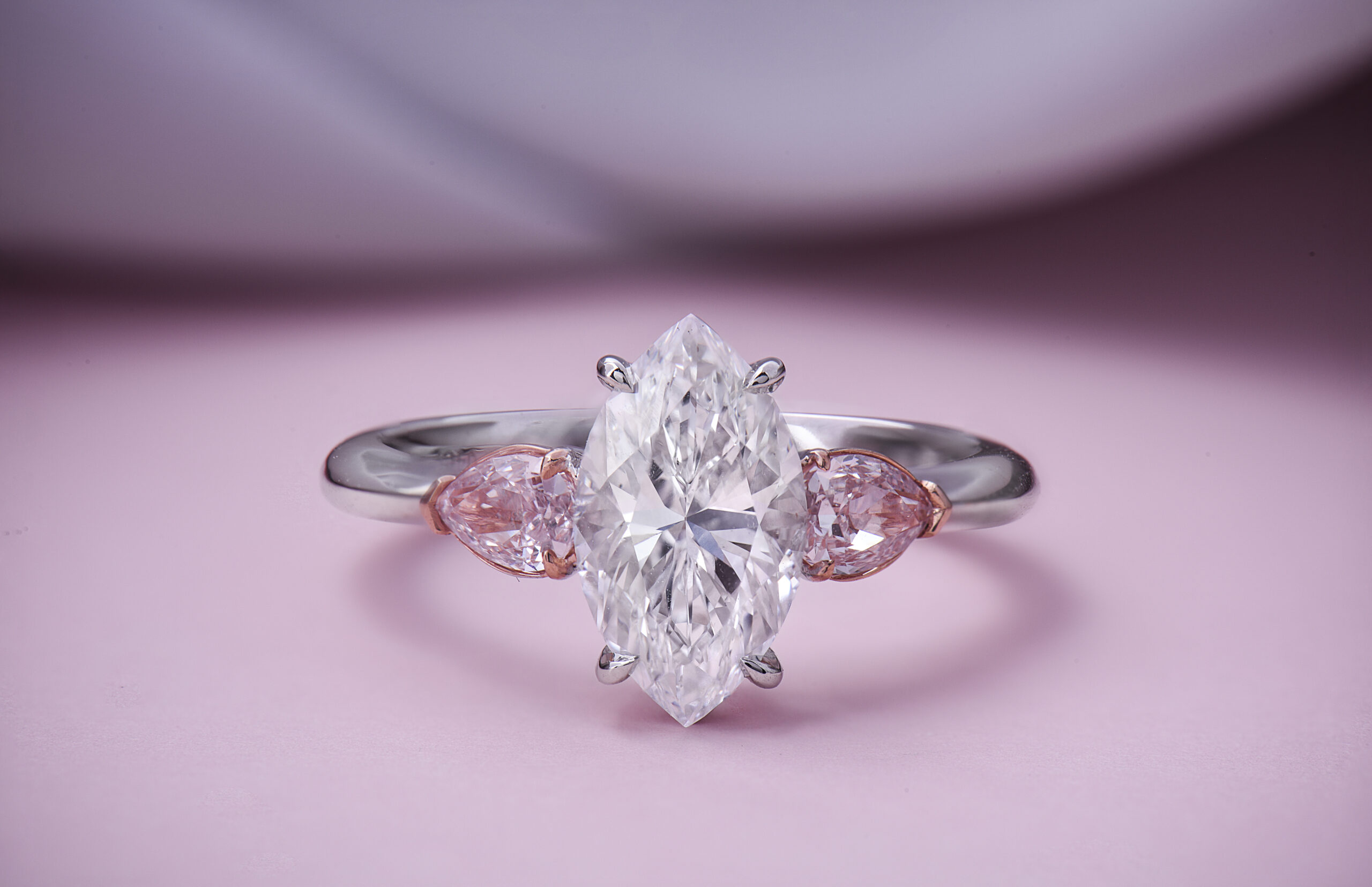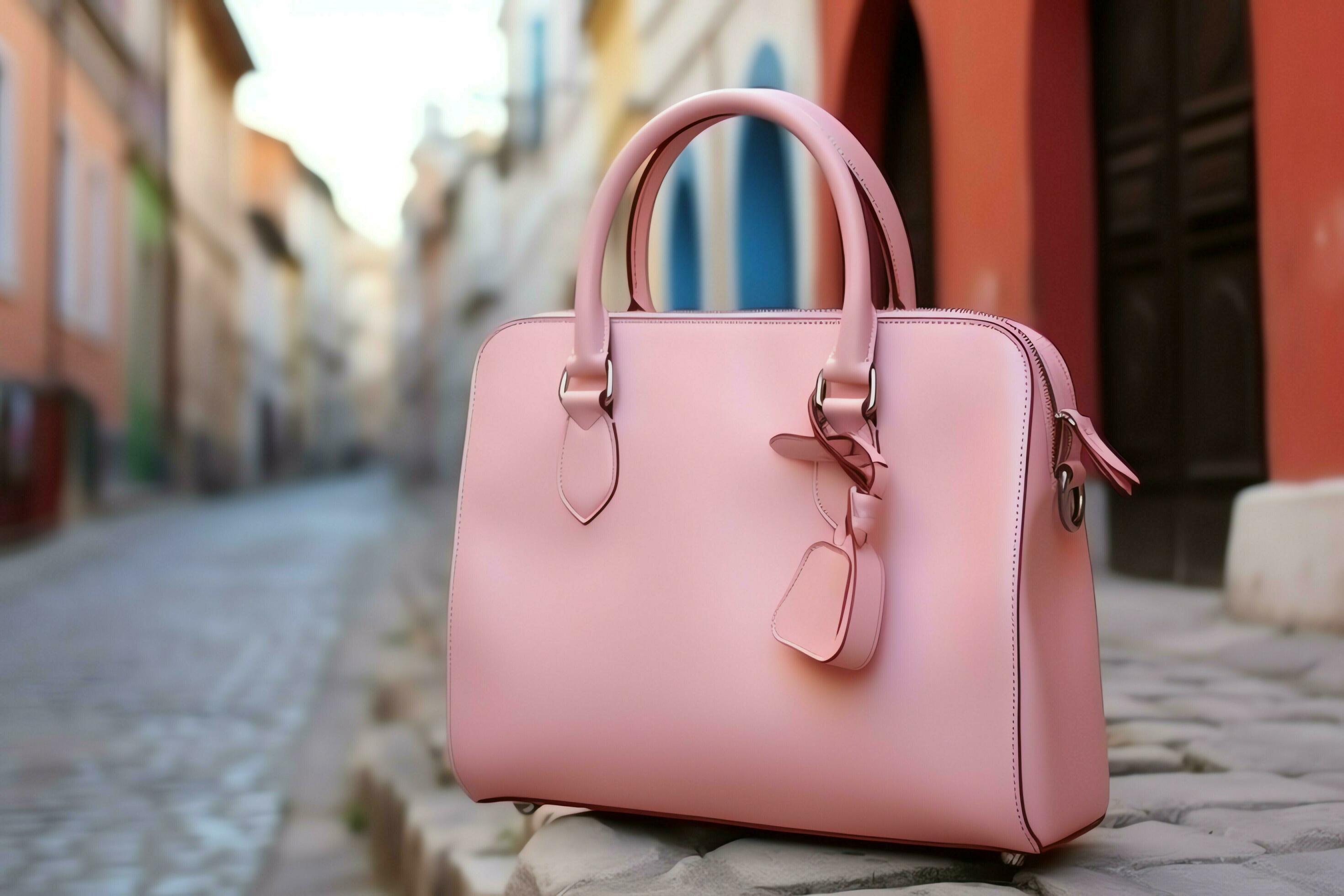Embracing Tradition with a Modern Twist

In the vibrant world of fashion, sarees stand as timeless symbols of elegance and grace. With their rich cultural heritage and versatile drapes, sarees have evolved over the years, embracing new trends and styles while retaining their traditional charm. In this article, we delve into the realm of new fashion sarees, exploring the latest trends, fabrics, styling tips, and cultural significance.
Understanding the Evolution of Sarees
Sarees have been an integral part of Indian heritage for centuries, symbolizing femininity, tradition, and grace. From the traditional silk sarees of South India to the vibrant cotton sarees of the East, each region boasts its own unique style and craftsmanship. However, with changing times and evolving fashion memorialdafama.com/ sensibilities, sarees have undergone a remarkable transformation, blending traditional aesthetics with contemporary designs.
Introduction to New Fashion Trends in Sarees
In recent years, there has been a surge in the popularity of new fashion sarees, which combine the timeless elegance of traditional sarees with modern elements. These sarees cater to a diverse range of tastes and preferences, offering something for everyone, from classic silk sarees to trendy fusion ensembles.
Types of New Fashion Sarees
The world of new fashion sarees is vast and diverse, offering a myriad of options for fashion enthusiasts. Some popular types include:
Traditional Sarees with Modern Twists
Traditional sarees like Kanjivaram, Banarasi, and Patola have been given contemporary makeovers with innovative designs and unconventional color combinations.
Fusion Sarees Blending Cultures
Fusion sarees, such as Indo-Western sarees and half-and-half sarees, seamlessly blend elements from different cultures, resulting in unique and eclectic creations.
Contemporary Designer Sarees
Designer sarees crafted by renowned fashion designers are coveted for their exquisite craftsmanship, intricate detailing, and avant-garde designs.
Fabrics and Textures
The choice of fabric plays a crucial role in determining the look and feel of a saree. Some popular fabrics for new fashion sarees include:
Silk Sarees: Timeless Elegance
Silk sarees exude luxury and sophistication, making them perfect for special occasions like weddings and festivals.
Georgette Sarees: Lightweight and Versatile
Georgette sarees are known for their lightweight and flowy texture, making them ideal for everyday wear as well as formal events.
Chiffon Sarees: Sheer Sophistication
Chiffon sarees are prized for their sheer elegance and drape, adding a touch of glamour to any ensemble.
Colors and Patterns
Bold colors and eye-catching patterns are key features of new fashion sarees, adding vibrancy and depth to the overall look.
Vibrant Hues for Modern Appeal
Bold and vibrant hues like fuchsia, emerald green, and royal blue are popular choices for making a statement.
Bold Patterns and Motifs
Geometric prints, floral motifs, and abstract designs are some of the popular patterns found in new fashion sarees, adding visual interest and depth.
Minimalistic Designs for Understated Elegance
For those who prefer a more understated look, sarees with minimalistic designs and subtle embellishments are the perfect choice.
Embroidery and Embellishments
Intricate embroidery and embellishments add a touch of glamour and sophistication to new fashion sarees, elevating them to a whole new level of elegance.
Intricate Handwork for Traditional Charm
Hand embroidery techniques like zari work, thread work, and mirror work are often used to adorn sarees, giving them a timeless appeal.
Sequins and Beads for a Touch of Glamour
Sequins, beads, and crystals are commonly used to embellish sarees, adding sparkle and shine to the fabric.
Zari Work and Thread Embroidery
Zari work, which involves weaving metallic threads into the fabric, is a traditional embellishment technique that lends a regal touch to sarees.
Styling Tips for New Fashion Sarees
Draping a saree is an art in itself, and mastering the art of draping can enhance the overall look and feel of the ensemble.






